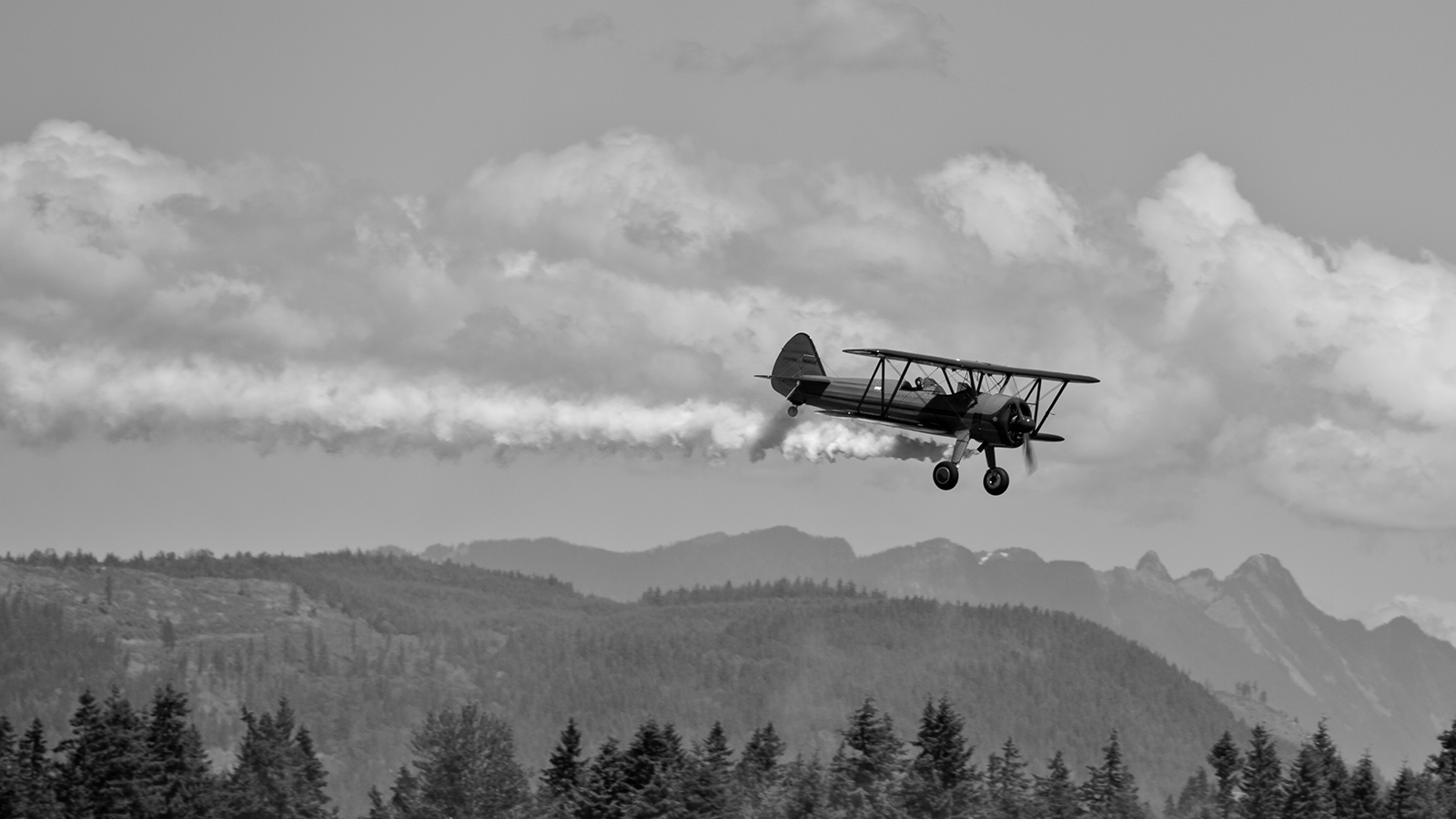Stay Up to Date
Submit your email address to receive the latest industry and Aerospace America news.
Q: It’s the early era of aerobatic flight. An aeronautics professor has procrastinated on reviewing the design of his student’s aerobatic prototype. Outside, he sees the rogue student climbing into the prototype and preparing to take off. Picking up a stack of papers, the professor sees a chapter titled “Reduction of turbulent flow for optimized maneuverability.” He tosses them into the air and sprints out to the flight line. Why?
Draft a response of no more than 250 words and email it by noon Eastern Dec. 9 to [email protected] for a chance to have it published in the January issue.
BUZZING OFF COURSE: We asked you how a voice-controlled Human Maneuvering Unit would respond to an astronaut on the International Space Station who told it to “make a straight beeline” for the nearby Bayer Sustainability Lab, or BSL. Space scientist Laura Forczyk and astrophysicist John Mather reviewed your responses. WINNER: “We are in orbit, so unless we are constantly firing our thrusters, all orbital paths are made of elliptic curves. We could waste a lot of fuel to straighten out our path, but I would caution that it would be very dangerous for both of us if we ran out of fuel before we could reach the destination and drifted off into an orbit that would never intersect the BSL, or worse, put us on a path toward reentry. Allow me to calculate a maximally efficient burn so that we will get there quickly yet have plenty of fuel for contingencies.”
Jeffrey J. Mach
Santa Clara, California
Mach works for Sierra Lobo Inc. as a site manager at the Thermophysics Facilities Branch of NASA’s Ames Research Center.
Related Posts
Stay Up to Date
Submit your email address to receive the latest industry and Aerospace America news.




